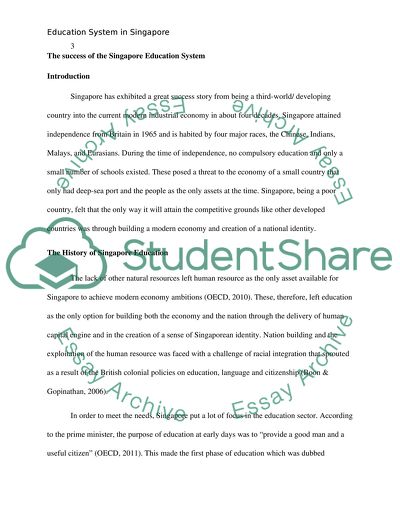Cite this document
(“The success of the Singapore Education System Research Paper”, n.d.)
Retrieved from https://studentshare.org/education/1692582-why-the-education-in-singapore-is-successful
Retrieved from https://studentshare.org/education/1692582-why-the-education-in-singapore-is-successful
(The Success of the Singapore Education System Research Paper)
https://studentshare.org/education/1692582-why-the-education-in-singapore-is-successful.
https://studentshare.org/education/1692582-why-the-education-in-singapore-is-successful.
“The Success of the Singapore Education System Research Paper”, n.d. https://studentshare.org/education/1692582-why-the-education-in-singapore-is-successful.


